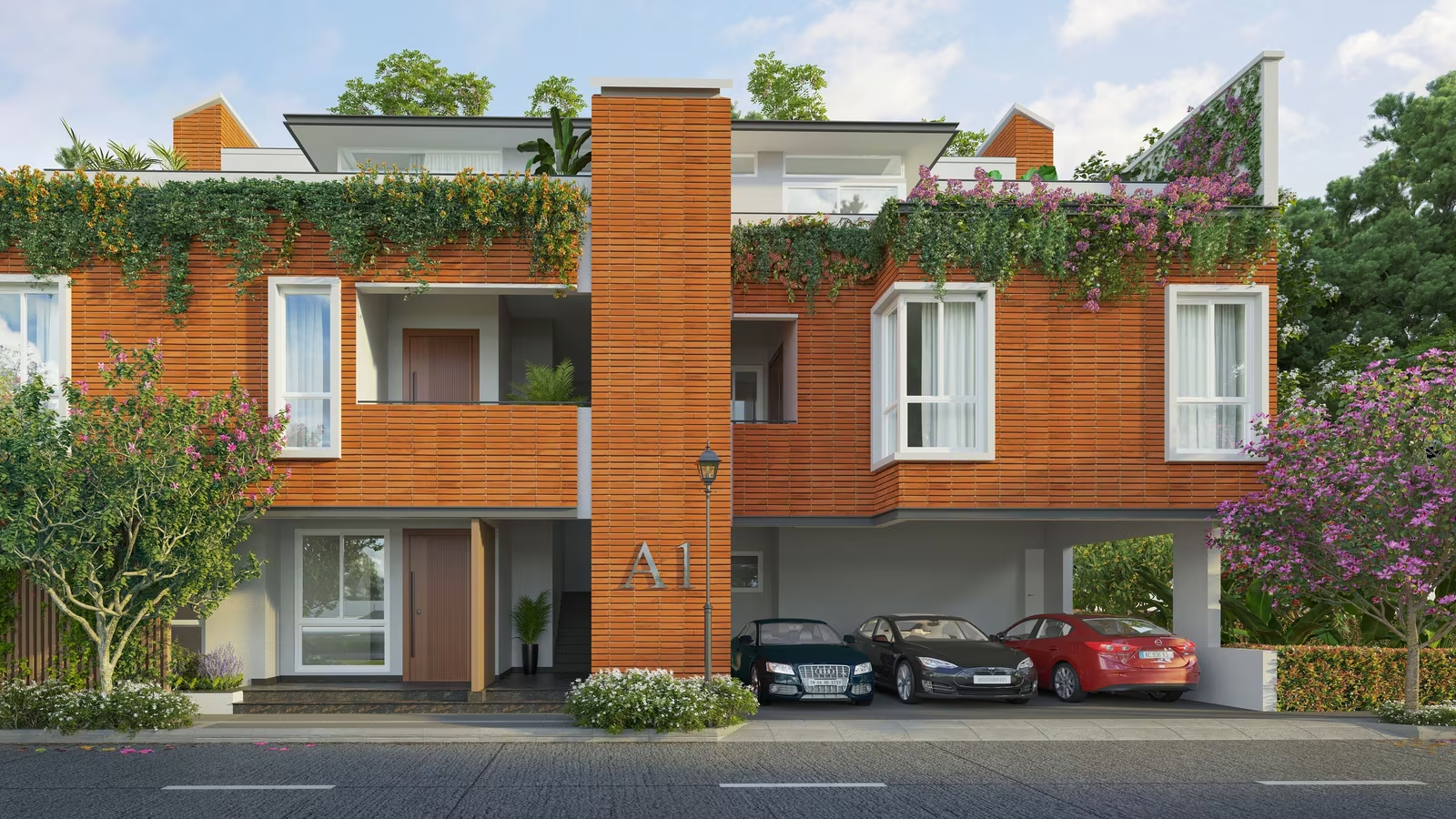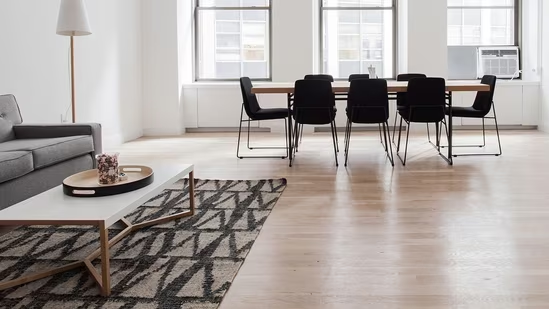Report
Mumbai residential realty sale picks up 28 pc, says JLL report


The following is report by Ramesh Nair, COO & International Director, JLL India.
Not only is the Indian economy picking up thanks to the growth in consumption (and vehicle, fuel sales) but the real estate market in Mumbai also has some news to cheer about. The aggregate of residential unit sales in the city in previous four quarters has jumped up 28 pc when compared to the corresponding period one year ago. This shows an improvement in the otherwise lacklustre market.
Over the last couple of years, sales were slow and inventory was piling up. Things have started looking up again for Mumbai’s realty with the current uptick in sales. This increase could be attributed to fence-sitters having realised that a price correction of sorts has already happened – given that the capital values have not gone up in the last two-three years despite annual inflation of 5-8 pc – and have started making purchase decisions.
Capital values have not gone up despite construction and land costs having gone up in the last three years. Given that selling price is the sum of the above mentioned costs plus developer’s profit and that the cost component is only going up, there is meagre chance of prices going down.
Moreover, land is a very scarce resource in Mumbai. Land in the city is either mill land (most of which is already bought and developed) or factory land or slum-encroached/ redevelopment land (and developing either of the two involves complicated procedures). The government does not have any land to offer.
Due to these reasons and because many developers have bought land at market prices, developers cannot reduce their prices further. Many developers would rather prefer to hold supply/ construction than bring down prices and incur losses. Already, out of the total unsold inventory, only approximately 0.9 pc is completed and readily available stock in Mumbai as per a recent study.
Also, developers have been maintaining affordability of apartments by reducing the average apartment sizes in the city by roughly 6% annually. There has been a 26.4 pc reduction in apartment sizes in Mumbai from 2010 to 2015.
Why apartment prices in the city are unlikely to go down.
Developers are aware of over-supply and there has been a drop in new launches in the first six months of 2015 as compared to the corresponding period in 2014. As new launches reduce, i.e. supply goes down, we may see an increase in prices during the next two-three years. New launches are down 26.5 pc in 2015 compared to 2014.
Drop in the number of launches
The government has introduced new taxes like Local Body Tax (LBT) and has hiked stamp duty, ready reckoner rates, development charges etc., to help the state exchequer making it tougher for developers for further price reduction. There could, in fact, be a scenario where prices start appreciating gradually if project approvals continue to take longer and developer’s costs keep escalating.
For prices to come down in Mumbai, connectivity from the city centre to peripheral areas needs to be improved. For example, introduction of bullet trains can help commuters reach Virar from south-Mumbai in 30 minutes or the Sewri – Nava Sheva sea link could reduce travel time from south Mumbai to Navi Mumbai to 20 minutes. This kind of infrastructure upgradation, however, does not happen quickly in India and is nowhere in sight for Mumbai.
-



 News4 weeks ago
News4 weeks agoKW Delhi 6 Mall Onboards New Brands
-



 News4 weeks ago
News4 weeks agoManasum Senior Living Launches IKIGAI GOA, A Senior Living Community in North Goa, in collaboration with Prescon Homes
-



 News4 weeks ago
News4 weeks agoBridging India Divide: Top 5 Tier- 2 Cities to Focus On
-



 News4 weeks ago
News4 weeks agoCommercial Realty Gets Tech Savvy: Fast Construction, Enhanced Convenience
-



 News3 weeks ago
News3 weeks agoGodrej Properties Sells Rs 3k cr+ Homes of Godrej Zenith, Gurugram, within 3 days
-



 News4 weeks ago
News4 weeks agoMultipoint Connection – A Definite Boon
-



 News3 weeks ago
News3 weeks agoRBI’s Status Quo on Key Policy Rates to Help Maintain the Real Estate Growth Momentum, Say Industry Stalwarts
-



 News1 week ago
News1 week agoOlive Announces Dhruv Kalro as Co-Founder
















